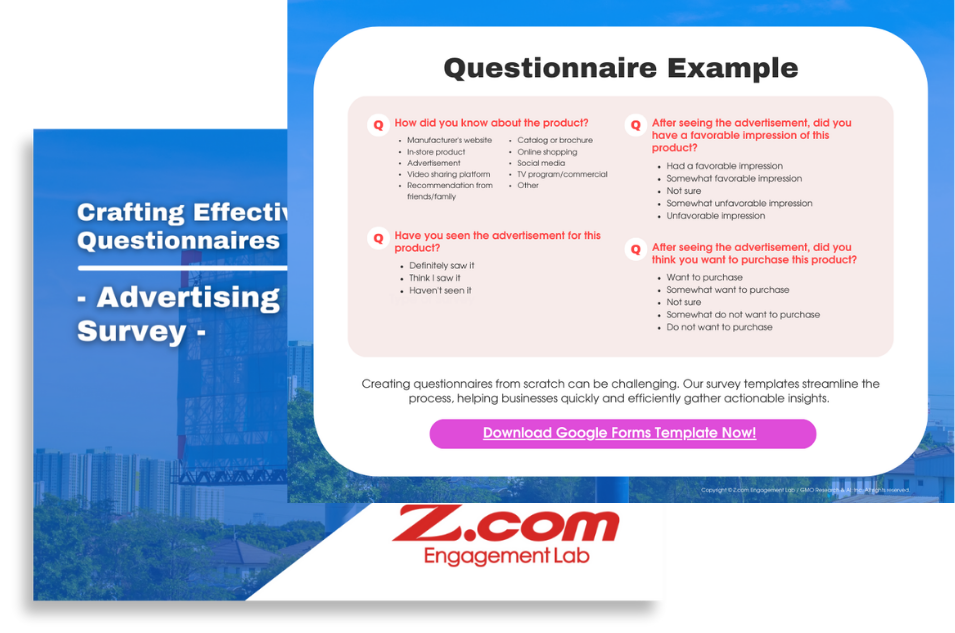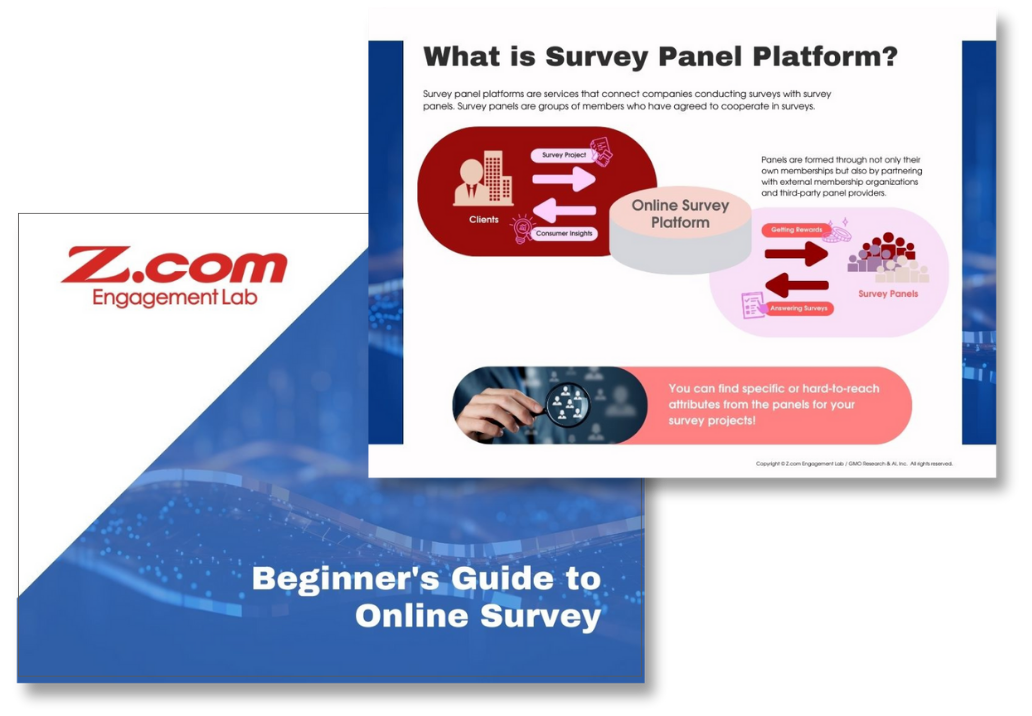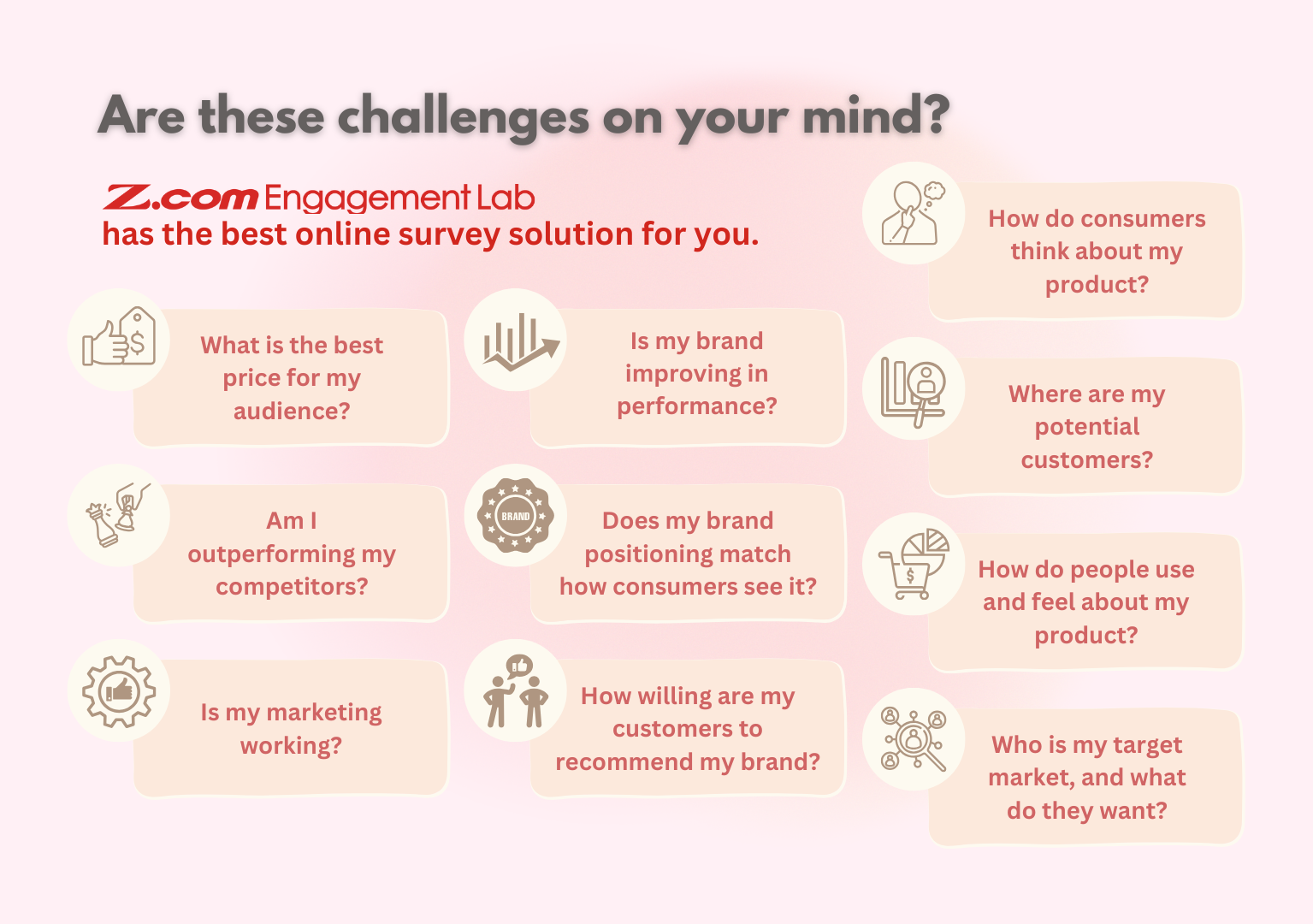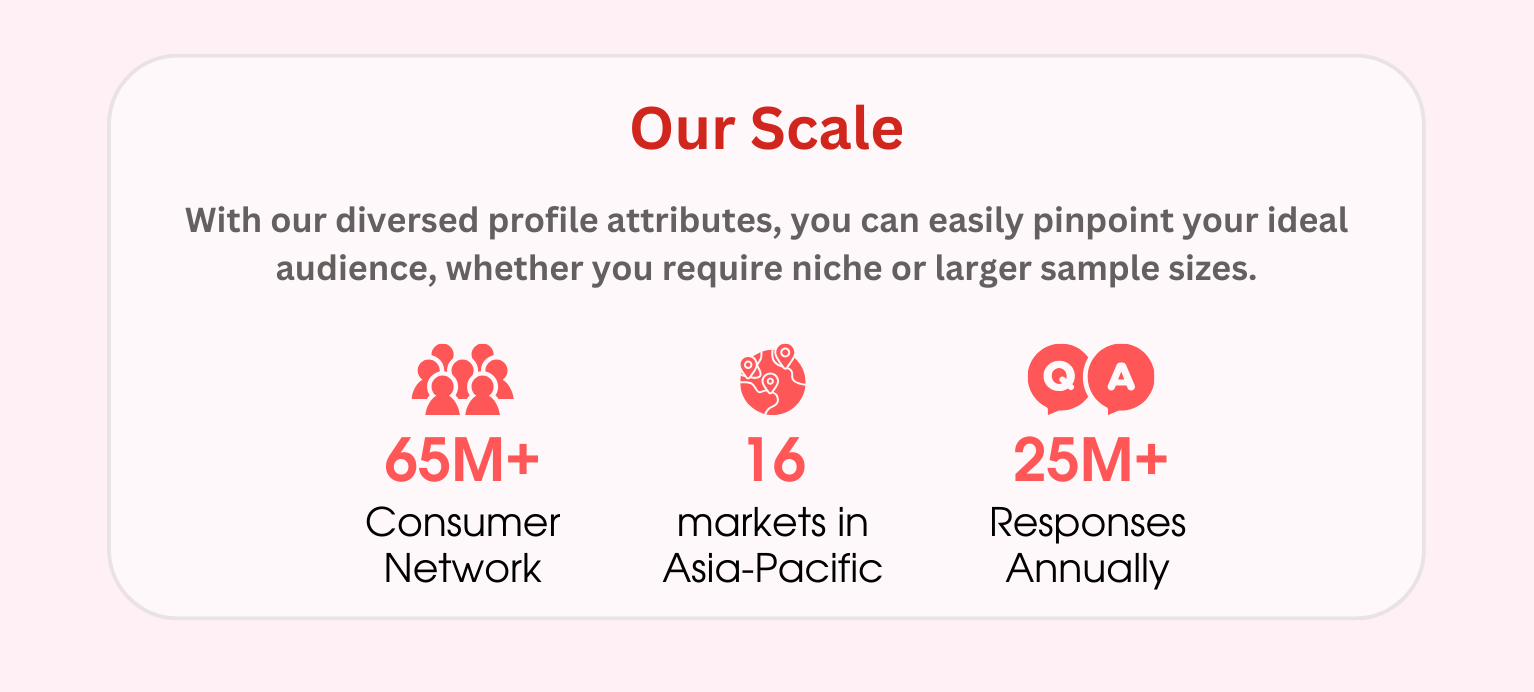Generating Great Ideas for Holiday Marketing Campaigns with Customer Feedback

Seasonal marketing campaigns—whether for Valentine’s Day, Christmas, or Mother’s Day—offer businesses unparalleled opportunities to engage with customers and boost sales. However, the intense competition during these high-traffic seasons makes it challenging for brands to stand out. This article includes a step-by-step guide to evaluate a past campaign, which thus empowers strategies refinement, craft future advertisements or campaigns that are aligned with evolving customer needs and preferences by utilizing online surveys.
Innovative Examples of Seasonal Marketing Campaigns Over the Globe

As seasonal campaigns are highly competitive, innovative marketing strategies are definitely important to capture consumer attention. Here are some recent outstanding examples:
Romantic three-course dinners were offered in-store for couples, transforming the shopping experience into a memorable and romantic evening, resulting in a higher customer engagement.
Johnson’s Baby highlighted diverse motherhood journeys and mothers' determination to protect their babies through emotional storytelling, connecting deeply with their audience.
Dior transformed ION Orchard into a magical Christmas wonderland with a stunning 15-meter Christmas tree and a café pop-up, providing an immersive experience to captivate visitors.
Staying Competitive: Turning Customer Feedback into Creative Opportunities
Unique and creative ideas are definitely wonderful for sharing a memorable festival experience with your customers. To ensure success in terms of scale and stand out from your competitors, evaluating launched promotions while inspiring creativity to enhance future campaigns becomes crucial. An advertising effectiveness survey could be one of the approaches to achieve this goal.
Advertising Effectiveness Surveys
This survey type is generally used to track changes before and after advertising campaigns to evaluate effectiveness and improve ad marketability. They provide insights into:
-
Changes in the awareness level of the advertised items
-
How customers perceive the discounts, offers, and promotions
-
Feedback on ad design, messaging, and relevance to the season
-
Preferences for themes, product offerings, and timing

Advertising Effectiveness Survey: Tips and Free Template
For a detailed explaination on advertising effectiveness survey, feel free to check our E-book here!

Step-by-Step Guide: From Campaign Evaluation to Ideas Creation

Step 1: Define the Objectives
To verify which element of a launched campaign contributed to customers' actions and enhanced brand awareness, try to focus on these objectives:
1. Evaluating Messaging
Determine if campaign messages emotionally connected with audiences and drove engagement.
2. Measuring Engagement Triggers
Pinpoint what influenced customer actions, such as ad visuals, promotional timing, or discount strategies.
3. Understanding Preferences
Identify which platforms or forms of campaigns resonated most.
4. Spotting Gaps
Discover unmet needs, like demands for eco-friendly options or preferences for earlier holiday promotions.
Step 2: Decide who and what to ask
Based on the behaviors or advertisement/ campaign exposures, audiences could be divided into several segments. Find the segment which aligns with your objective most for meaningful insights. They could be like:
1. New or Casual Customers
- Definition: Customers who engage occasionally or were exposed to your brand for the first time during the campaign.
- Purpose of survey: Evaluate the effectiveness of your messaging and ability to capture attention.
Example Questions:
“What aspects of the campaign drew your attention (e.g., design, message)?”
“Did the campaign’s tone or theme encourage you to engage further?”
2. Social Media Followers or Email Subscribers
- Definition: Individuals who interact with your brand through digital channels but may not have purchased during the campaign.
- Purpose of survey: Understand what drives online engagement and refine your content strategy.
Example Questions:
“What made you click or interact with our campaign (e.g., timing, visuals, offers)?”
“What additional content would you like to see in our seasonal promotions?”
3. Incomplete Purchases or Browsers
- Definition: Customers who visited your store or website but did not complete a transaction.
- Purpose of survey: Identify obstacles preventing conversions and opportunities for improvement.
Example Questions:
“What prevented you from completing your purchase (e.g., price, unclear details)?”
“What other options or guarantees (e.g., eco-friendly products, delivery timing) would have helped you decide?”
Step 3: Organize and Analyze Data
Identify patterns from the survey results to uncover strengths, weaknesses, and opportunities. Analysis could be carried out like these:
1. Highlight Customer Preferences
Look for recurring phrases or trends in open-ended responses and high ratings for specific themes or offers.
Example Insight:
Customers love winter wonderland themes more than traditional red-and-green decorations for Christmas.
2. Spot Successful Campaign Elements
Analyze questions about campaign recall and engagement to see which elements performed best.
Example Insight:
A Valentine’s Day promotion offering “Buy One, Get One Free” was highly effective.
3. Address Weaknesses
Identify low scores or frequent complaints in areas like usability or relevance to uncover challenges.
Example Insight:
Customers struggled to redeem discount codes.
4. Segment Data for Targeted Insights
Divide responses by demographics or engagement levels to uncover patterns unique to specific groups.
Example Insight:
Younger audiences prefer interactive campaigns, while older audiences respond better to traditional emails.
5. Inspire Creative Opportunities
Look for unmet needs or suggestions in qualitative data to guide innovation.
Example Insight:
Customers expressed interest in eco-friendly holiday products.
Step 4: Transform Survey Insights into Winning Strategies
Use findings to refine and enhance future campaigns. The following are practical applications of insights gained from advertising effectiveness surveys.
1. Refining Content
Adjust messaging, visuals, or offers based on survey feedback to improve engagement.
2. Targeting Demographics
Use insights to design tailored campaigns for different customer segments, such as eco-conscious millennials or price-sensitive parents.
3. Spotting Trends
Leverage historical data to identify emerging preferences and align campaigns with these trends.
Empower Your Seasonal Campaigns with Data-Informed Creativity
Marketers might worry that relying on survey data may limit their creative freedom. In reality, data provides the foundation for better storytelling and informed decisions by revealing customers’ emotional values and previous tendencies of successful contents. Using insights from advertising effectiveness surveys removes guesswork, ensuring that creative ideas resonate with target audiences and increase the likelihood of success.
At Z.com Engagement Lab, we offer support from questionnaire design for your unique needs to gathering reliable, fast, and targeted data to turn feedback into actionable strategies. Access over 65 million respondents across 16 regions in APAC through our respondent community and transform your seasonal marketing into a success story.

Beginner's Guide to Online Survey
If you are new to online surveys, feel free to check our beginner's guide HERE!



Feel free to contact us for more service details!









